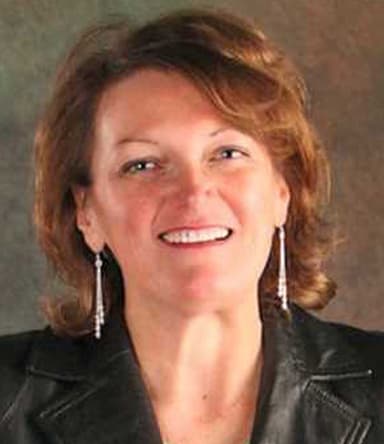
Leigh Brown loves to cook. But instead of simply sharing Pinterest or Facebook recipes with her clients, she’ll actually make the recipe, take photos and video of the cooking process, and explain how it all turned out. “I’ll write things like, ‘My family would eat this every week.’ You give an extra 5 or 10 minutes to show your experiences, and the payoff is great,” she says.
Brown wants people to get to know her by sharing snippets of her own life and offering information—and sometimes humor—with each of her videos, emails, and other correspondence.
Brown, broker-owner at RE/MAX Executive in Concord, N.C., believes any drip campaign needs long-term nurturing. If you don’t personalize your correspondence or keep up with the people in your campaign, then it’s just sending content to random people. They won’t care, she says, and they won’t think you care, either.
Understanding Drip Campaigns
Drip marketing depends on the capabilities of your real estate customer relationship management software. These specialized platforms help brokers and agents accelerate and organize routine practices, including staying in touch with clients and prospective customers, says Dave Lawrence, head of growth at Follow Up Boss, a CRM company.
A CRM creates automated texts, emails, or messages on Facebook messenger or other platforms at certain intervals to deliver pertinent and hopefully useful or entertaining content.
“But remember that every single interaction is a reflection of your brand and business,” he adds.
Real estate professionals get leads from a variety of sources, such as their neighbors, friends, family, and former clients, as well as websites and online profiles on social media sites, ads, lead generation services, and other real estate pros. CRMs and the agents themselves can gauge the urgency of the lead and what kind of correspondence to send, when to send it, and how often to connect.
Lawrence says that automated drips help begin conversations with leads. But that’s not the time for hammering them about pre-approval or other things like that unless they indicate they’re ready and serious about looking for a new home.
Daneen Jacquot Kulmala, broker-owner of South Dakota Properties in Rapid City, S.D., calls, texts, and emails every single lead she gets before adding them to any drip campaign. “They like to hear a voice and connect with the name,” she says. “I have to do that with all three of my own kids, too. I have to text, email, and then call before they get back to me.”
Sorting Leads and Establishing Communication Methods
The biggest advice Lawrence emphasizes to his broker and agent clients is to always keep it as simple and personal as possible when reaching out to new or active clients.
“Focus first on consistently nailing the personal part of your communication before trying to automate everything. Your bottom line will thank you,” he says.
Here is Lawrence’s recommended schedule on when and how to connect with people in your campaign:
- Call past clients and key referrers two to four times per year.
- For active clients, set reminders to touch base a minimum of once per week (hopefully more).
- For all other leads, try to categorize them by time frame until they’re ready to make a move. For those a year or more away from buying or selling (or are just looking), make contact every six months; six to 12 months out, reach out every four to six weeks; leads that are less than six months out should receive correspondence weekly.
Brown believes pushing out information is old school. “You are just throwing things out there. It doesn’t push someone to call you.” But pull marketing, she adds, pulls them in with content marketing that’s valuable to them. This makes them call you.
For instance, instead of sending out a community calendar, why not answer questions that parents have, such as, “What’s it going to cost me to send my ninth grader to their first football game?” That’s the kind of information they want, she says. Another idea is providing next-level information on house repairs, such as, “Should I put granite in my house?”
Start by talking to people, Brown says, whether it’s in person, on the phone, or via email or social media. Tell them about new restaurants or new coffee shops opening up nearby. Give them little tidbits that connect you as people and as members of the same community.
For her personal touch, Kulmala sends out handwritten thank-you cards to repeat clients who buy and sell with her often. “We also give discounts on commissions to them,” she says. Brown sends personal invitations to VIP clients for her free shredding events. It’s the same event all her clients are invited to partake in, but she writes up the special invitations to her elite group of leads.
“The message is telling someone they are important, but you aren’t spending a lot of extra money to do it,” she says.
Lawrence emphasizes the importance of “being human” in all lead communications and drip campaigns. “You can get really crazy with the tools available for scoring your leads or running automated campaigns to them. But until you’ve got a good foundation for how you’ll run your personalized human follow-up, it’s not worth even looking at,” he says.










